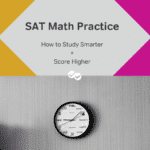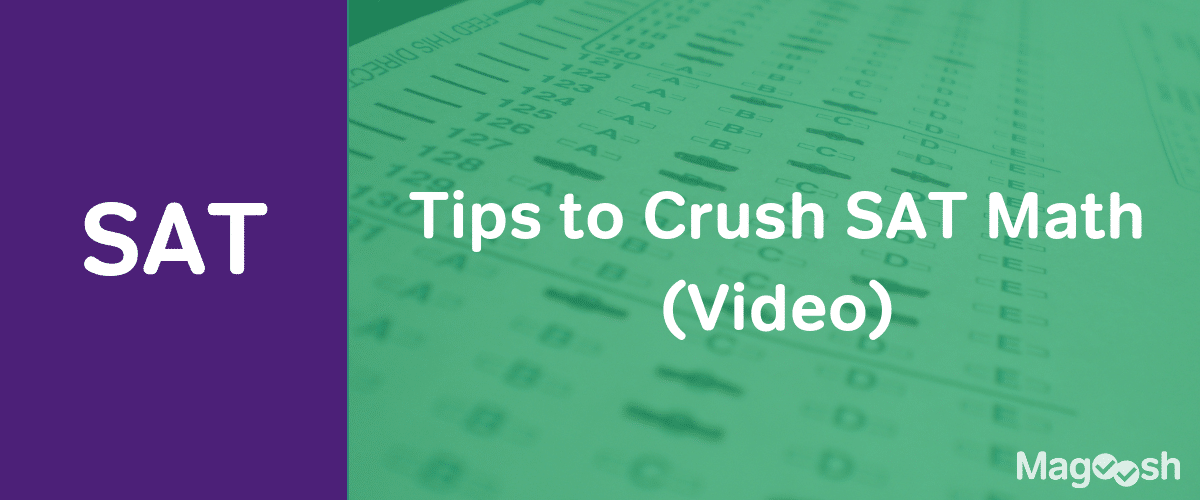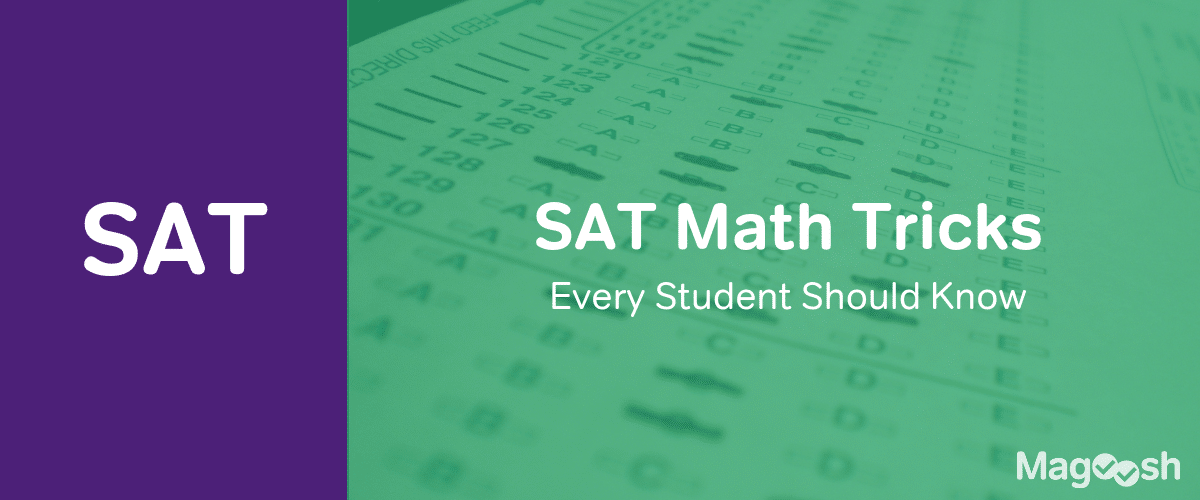
Math can be tricky. Here’s your chance to turn the tables and apply these easy-to-apply tricks that will let you rule the SAT math section as opposed to letting the SAT math section rule you. While you’re at it, you should really take the time to dig through the the Magoosh High School Blog, as it is chock full of refreshers of foundational concepts that you learned in your algebra and geometry classes as well as SAT-specific strategies that you probably didn’t learn in your algebra or geometry classes. Don’t worry if you come across content that was written before the SAT redesign – a lot of it still applies! At the same time, keep checking this blog for updates, as we are working hard to make sure you get the most up-to-date SAT info!
1. Cross-multiply to find the greater fraction
If you’re presented with finding the greater of two fractions and you’re not sure which one it is, cross-multiplying can ease that confusion. Draw an X from the numerator of each fraction to the denominator of the other fraction, multiply, and write the answer next to the corresponding numerator; the fraction with the greater value is bigger. In the graphic below, we use this method to determine that 5/7 is greater than 2/3.
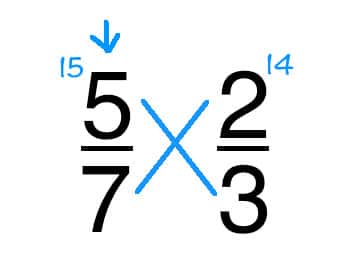
2. “Greater than” vs. “Less than”
I’m slightly embarrassed to admit this but to this day, I have to use a mnemonic to remember which direction goes the “less than” sign and which direction goes “greater than.” If you are in the same boat (no shame if you are), here are two ways you can remember:
- The alligator always eats the bigger number. This makes sense if you turn the inequality sign into an alligator (see below). I learned this in the 5th grade and it has never, ever let me down.
- Or you can just rely on the perks of being a millennial and growing up with “less-than-three.” By simply remembering that <3 uses the “less than” sign, you should be good to go!
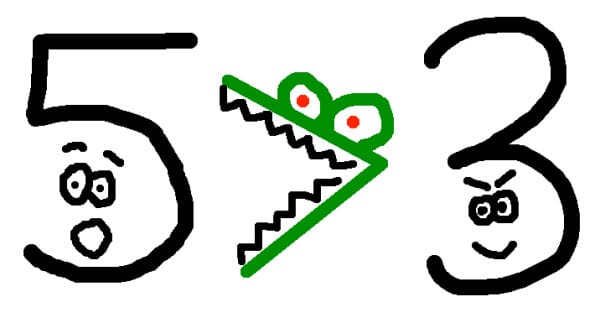
3. Divisibility rules
Knowing divisibility rules – that is, patterns that all multiples of a given number share – can save you time, particularly on the no-calculator section, when you need to find factors of larger numbers. Without even realizing it, you probably already knew the divisibility rules for the numbers 2 (its multiples are always even), 5 (its multiples always end in 5 or 0), and 10 (its multiples always end in 0). But what happens if you come across a problem like this on the SAT:
Find a, if b is a positive integer greater than 10 and ab = 57
Assuming you don’t immediately recognize potential factors for 57, this is where the 3-9 divisibility test can come in handy. To check if a number is divisible by 3 or 9, all you have to do is mentally add up its digits and see if they add up to a smaller multiple of 3 or 9. If they add up to a multiple of 9, then the number is divisible by both 3 and 9; if they add up to a multiple of 3, then the number is only divisible by 3. For example:
57: 5 + 7 = 12 (multiple of 3, therefore divisible by 3, but not by 9)
Then you would divide 57 by 3 to see that it’s 19. Because b is greater than 10, b has to be 19, making a = 3. Or you use logic to figure out a has to be 3 just by doing the divisibility test. Note: if 57 didn’t pass the 3-9 divisibility test, chances are it’s probably a multiple of 7. Although there are enough divisibility rules to make your head spin, the ones we mention in this post will be sufficient for you to make your factoring that much easier on the SAT.
4. The Quadratic Formula Song
A lot of students have a tough time remembering the quadratic formula and unfortunately, it’s not one of the formulas that the SAT Math test has in the beginning of the two math sections. Fortunately, there’s a nifty song to the tune of “Pop Goes The Weasel” that has saved countless students on their math tests (see for yourself in the comments):
And in case “Pop Goes The Weasel” is not exactly your jam, there are so many versions on YouTube that are more hip with the times. Just make sure you’re singing in your head on test day.
5. How to remember trig functions
SOHCAHTOA.
If don’t know what this is, you’re probably wondering why I’m yelling in a foreign language. SOHCAHTOA is actually a mnemonic that can help you remember how to figure out the sine, cosine, and tangent of an angle from the sides of a right triangle – or vice versa. Now that trig concepts are being tested on the SAT, check out how to use SOHCAHTOA, which will really come in handy for questions where you’re expected to use these functions to determine the length of a missing side.
Know any other cool math tricks, shortcuts, or mnemonics that help you on SAT Math? Share them in the comments below!



